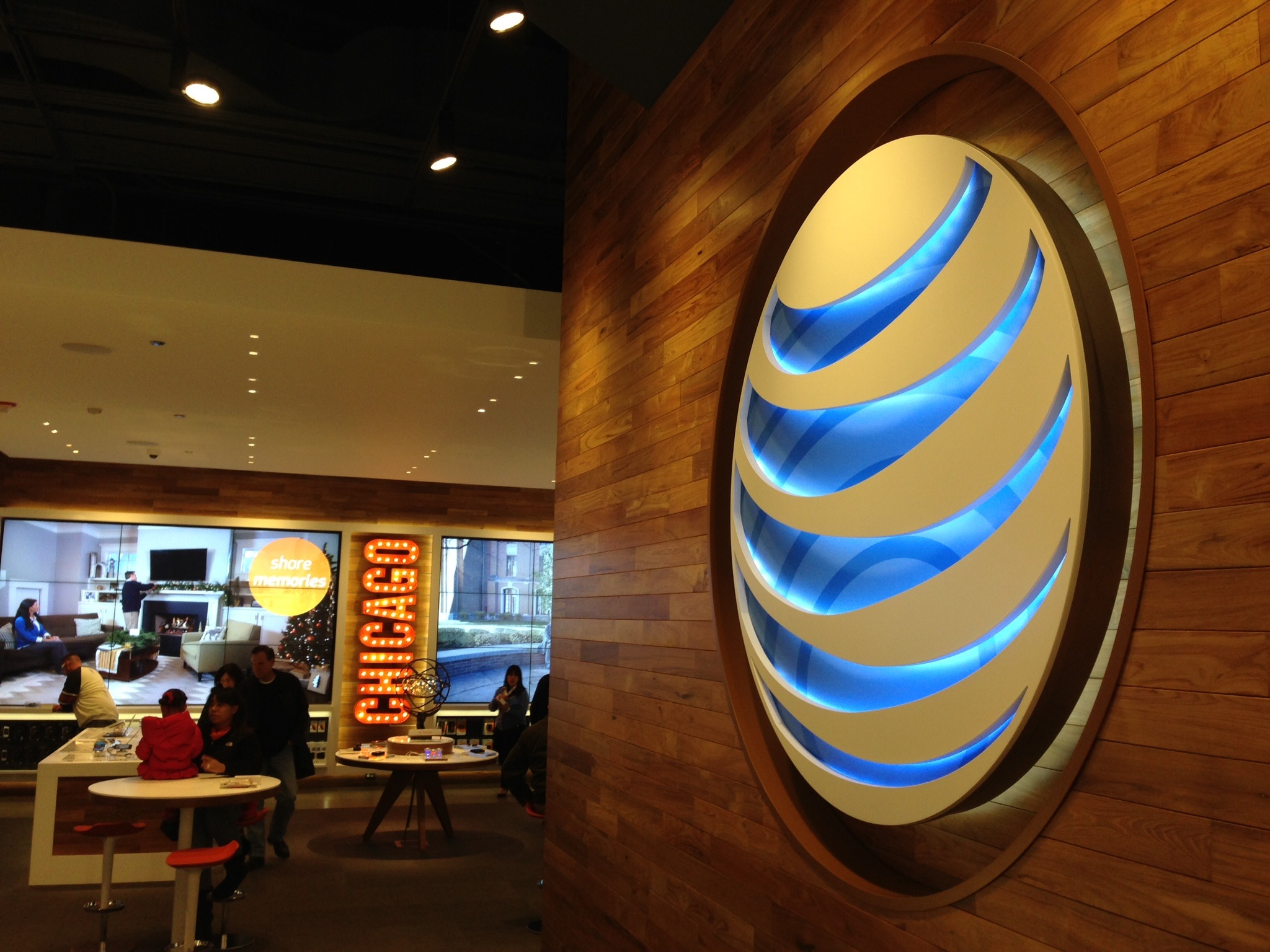Folks living in and around Chicago will be happy to hear that AT&T has souped up its network in the Windy City. Using an LTE-Advanced technology called ‘carrier aggregation,’ the company has bonded two 4G networks together in the area resulting in a big boost in performance.
So essentially, AT&T is taking two, single one-way highways and merging them into one, single two-way highway, allowing for more bandwidth and theoretical download speeds of up to 110 Mbps. Unfortunately, there are only a handful of devices that support the beefier network…
GigaOM’s Kevin Fitchard explains how it works:
“So what will these new aggregated networks do? In Chicago AT&T is basically running two LTE systems on two very disparate bands: 700 MHz and the 2100 MHz Advanced Wireless Services (AWS) frequencies. By aggregating those channels AT&T will be able to send data over a 15 MHz-wide downlink, increasing theoretical download speeds to around 110 Mbps. Though the overall capacity of AT&T’s network technically doesn’t change – it’s basically merging two roads into a single highway two-lane highway – it does gain some efficiency from running one big fat pipe rather than two smaller ones.
The new network configuration has gone live in several markets, AT&T SVP of Network Technologies Kris Rinne told me in a recent interview, but the only specific city she would identify was my hometown of Chicago. AT&T actually isn’t doing much to tout the network upgrade, and that’s likely due to the fact that only a handful of its customers can actually take advantage of it. “
Fitchard says that at the moment, there is only one device that can support AT&T’s LTE carrier aggregation tech: a mobile hotspot called the Unite. This should change, though, over the next several months, as handsets like Samsung’s Galaxy S5 and others make their way to market.
Now that Verizon and AT&T are nearly finished with their LTE rollouts, the race is on to the next level. Verizon has already begun tripling LTE capacity in New York and other major cities, and Sprint unveiled its new high-speed ‘Spark’ network last fall, touting speeds up to 1Gbps.
